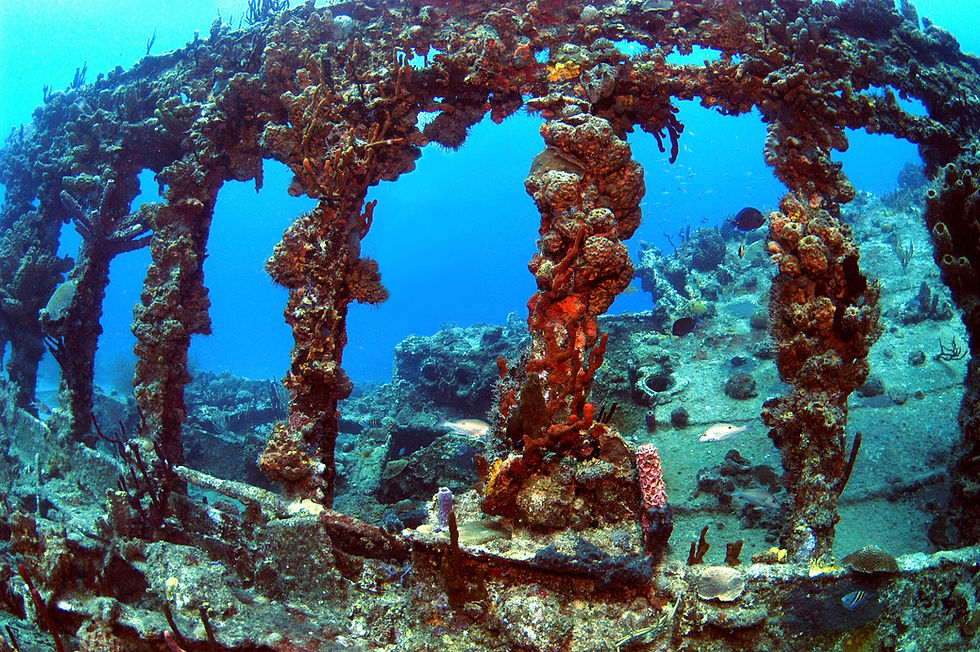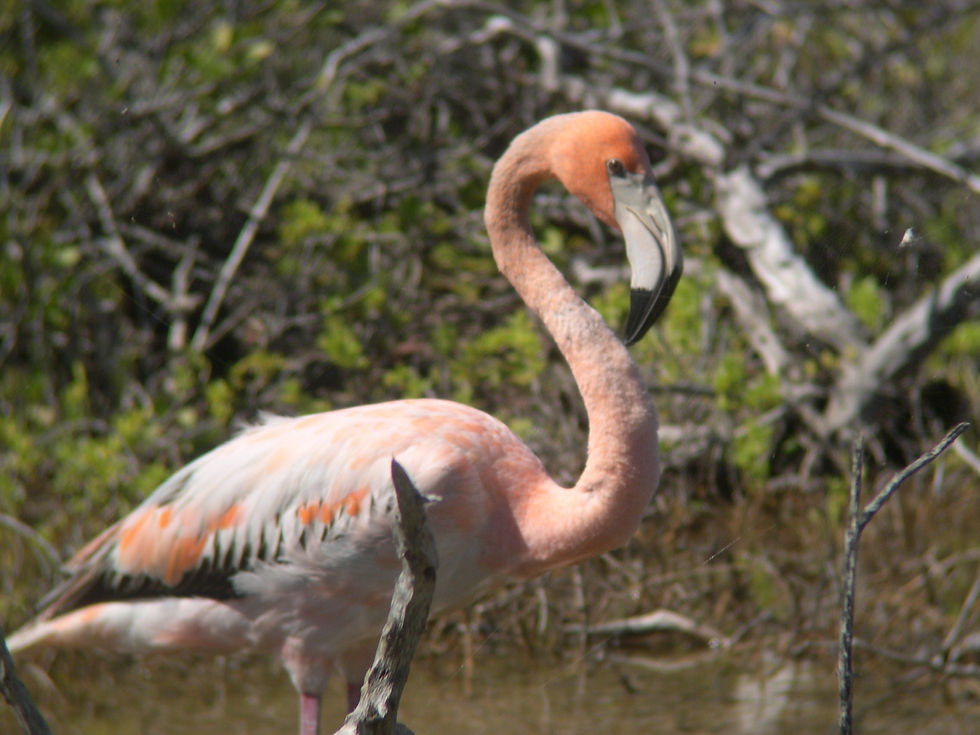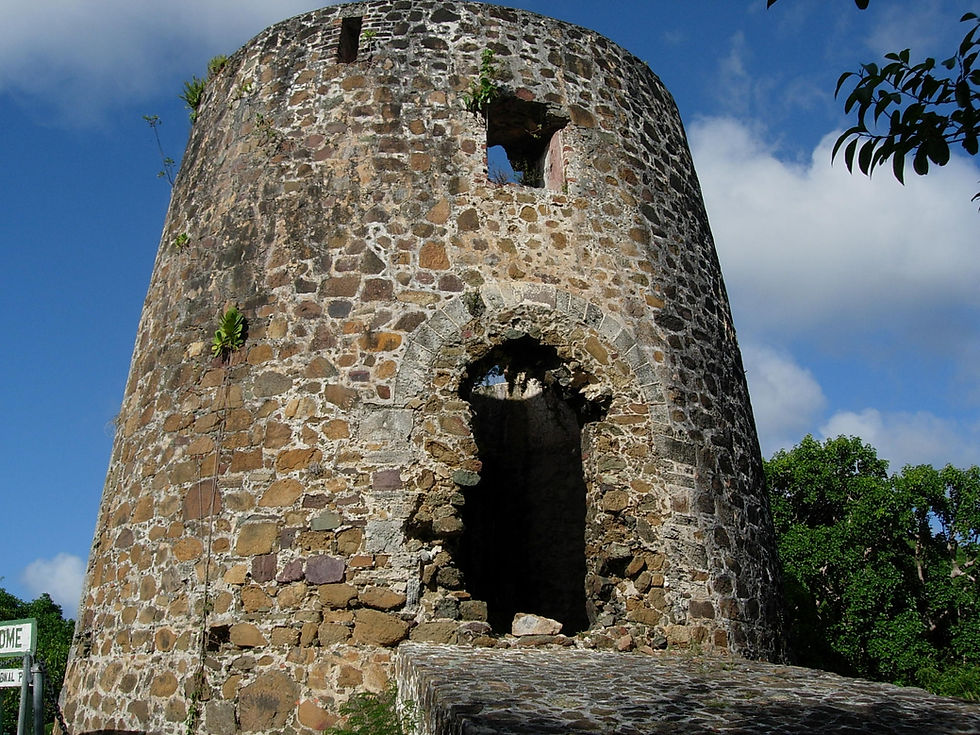
OUR PROGRAMMES
WHAT WE DO
To preserve and manage designated natural and cultural areas in order to improve the quality of life in the British Virgin Islands.
Marine Conservation Programme
Marine conservation and management ensure habitat and species survival and provide for adequate fish stocks and enhanced visitor enjoyment while protecting delicate coral reefs.
Since 1991, the National Parks Trust has been conserving coral reef environments from anchor damage, through the installation of mooring buoys at popular dive and snorkel sites throughout the BVI using the Halas System.
Installation and maintenance of mooring buoys at premier dive sites throughout the territorial waters assist to conserve, maintain and aid in the restoration of coral reefs and sensitive marine elements. The Marine Conservation Programme is maintained by Marine Wardens who patrol the territory.
-
MOORING BUOY SYSTEM
The Halas System of mooring buoy installation uses a stainless steel pin that is cemented into the solid bedrock to ensure there is minimal disturbance to the marine ecology. At the surface, a pick-up line is attached to the buoy. Please check the integrity of the mooring, its pick-up line and down-line for safety before leaving the vessel. You are responsible for your vessel, even when tied to a National Parks Trust mooring buoy.
NPT mooring buoys are frequently located in exposed sites, where seas are rough and unpredictable; or in the vicinity of shallow rocks and reefs. Therefore the moorings are for day use only and it is illegal to use them overnight.
To use the mooring buoys you are required by law to purchase a National Parks Mooring Permit, either from your charter company, dive shop, or the National Parks Trust office in Road Town. Foreign vessels must purchase permits at Customs on Tortola, Virgin Gorda or Jost Van Dyke upon entry into the territory. This user fee is used for maintenance of the programme and the installation of new buoys in other areas.
The buoys are 13” in diameter and are colour coded as follows:
Red: private and bareboat vessels only
Yellow: commercial vessels only
Large Yellow (35”): commercial vessels between 55 - 80ft
Blue: dinghy use only
There is a 90-minute time limit on all moorings and use is on a first come, first serve basis. Vessels between 55ft – 80ft are not allowed to use the regular moorings, but they can use the larger yellow buoys. Do NOT leave vessels unattended when using a NPTVI mooring buoy.
These moorings should not be confused with the overnight moorings, which are found in most anchorages; these are white and are 18” in diameter.




Species Recovery
Restoring endangered, endemic or indigenous species is one of the National Parks Trust’s most critical programmes, as habitat loss threatens their survival.
The most successful species reintroduction so far is the Caribbean Flamingo (Phoenicopterus ruber), to the salt ponds of Anegada. Flamingos once roamed the islands by the hundreds, but the entire population was hunted and removed many years ago. A captive population of birds were donated by the Bermuda Aquarium Museum & Zoo in 1991 and released in Anegada; these have reproduced in the wild, providing a successful model of species restoration in the region. The flamingos have settled into their new home very well and live mainly around Flamingo Pond, with occasional migrations to the eastern ponds.
For the best view of the flamingos, visitors should go to the bridge at Nutmeg Point on the south side of Flamingo Pond, which is slightly elevated and affords a panoramic view of the Pond. Binoculars are recommended to view their behavioral displays. Visitors should not attempt to cross the ponds to get closer to the birds, as this disturbs their natural processes.
The National Parks Trust’s second rehabilitation project began in 1997 for the rapidly declining population of endemic Anegada Rock Iguanas (Cyclura pinguis) on Anegada. The major threats facing the iguanas are starvation, habitat loss and hunting by wild cats. To give the juvenile iguanas a chance at survival, a Headstart Facility was constructed with assistance from scientists from the Iguana Specialist Group (ISG) and technical input from a consortium of zoos. In the first year 3 juveniles were captured from highrisk areas in the wild and placed in the Facility, where they are fed daily and measured monthly to assess their progress. The long-term project goals include the release of captive iguanas into the wild, habitat restoration and protected area status.



Reforestation
This was the first programme of the newly created National Parks Trust in 1964, following the declaration of Sage Mountain as a National Park. Originally focusing on the reforestation of cleared agricultural or pasture land, it now encompasses the coastal environment, with emphasis on mangrove replanting.
Reforestation efforts aim to increase floral species diversity, restore degraded habitats, conserve watersheds and raise public awareness of the importance of trees within the BVI. The programme is celebrated every year at Arbour Day, when trees are distributed to schools and members of the general public. School children are encouraged to participate in the special events, such as essay and container garden competitions.
The rehabilitation of mangrove areas, using the Riley Encasement method began in 1999 as a joint effort with the Conservation and Fisheries Department, in response to the escalating rate of coastal development. Mangroves have four very important roles: they are nurseries for juvenile fish; habitats and feeding grounds for birds; sediment filters that protect coral reefs and sea grass beds from becoming smothered; and buffers between the land and sea to reduce the impact of high wave energy.



Environmental Education and Outreach
Education and public awareness are important aspects of the National Parks Trust’s work. An environmentally aware public will better appreciate the National Parks in the BVI and understand the need to conserve valuable natural and cultural resources. Strong linkages with local community groups provide volunteers and financial support towards the work of the National Parks Trust.
Future plans include the development of regularly scheduled tours at popular Parks such as Sage Mountain and the Joseph Reynold O’Neal Botanic Gardens.


Biodiversity Conservation
NPTVI has worked in collaboration with local and international agencies to successfully deliver 21 UK Darwin or DPLUS projects since 1998, serving as the lead partner on five of these projects. International partners include the Royal Botanic Gardens Kew, Open University, England, Fauna and Flora International, the Smithsonian Institute, Royal Society for the Protection of Birds, Centre for Environment, Fisheries and Aquaculture (CEFAS), Joint Nature Conservation Committee (JNCC), Marine Conservation Society, Animal and Plant Health Agency (APHA), Environment Systems Ltd., The Nature Conservancy, Fort Worth Zoo, Portsmouth University, Copenhagen University
All of the projects include capacity building and training of staff in monitoring techniques, whilst adding to the biodiversity inventory for the BVI. Many of the projects are multi-agency, in order to increase the environmental awareness of different Government departments and a strong education and awareness element is critical to ensure that students, residents and visitors learn more about the VI's unique biodiversity.
NPTVI uses geographic information systems (GIS) to map all biodiversity data acquired through these projects, to ensure best management practices within the System of Parks and Protected Areas.




Historical Preservation
A number of historical and cultural sites in the BVI have been declared protected areas due to their unique significance in the territory’s history. Sites include The Coppermine and Little Fort on Virgin Gorda, Mount Healthy windmill and the old Agricultural Station on Tortola, and the submerged shipwreck of the RMS Rhone off Salt Island.
The Historical Preservation Programme aims to evaluate and raise awareness of the cultural and historical significance of sites within the System of Parks and Protected Areas. Additionally, stabilization or restoration of structures in combination with site interpretation will enhance lead to greater appreciation of the historical significance.
Historical shipwrecks and marine archeological sites are managed through the installation of mooring buoys, which prevent anchor damage. These management activities will ensure that these and other important historical landmarks are preserved for future generations.



